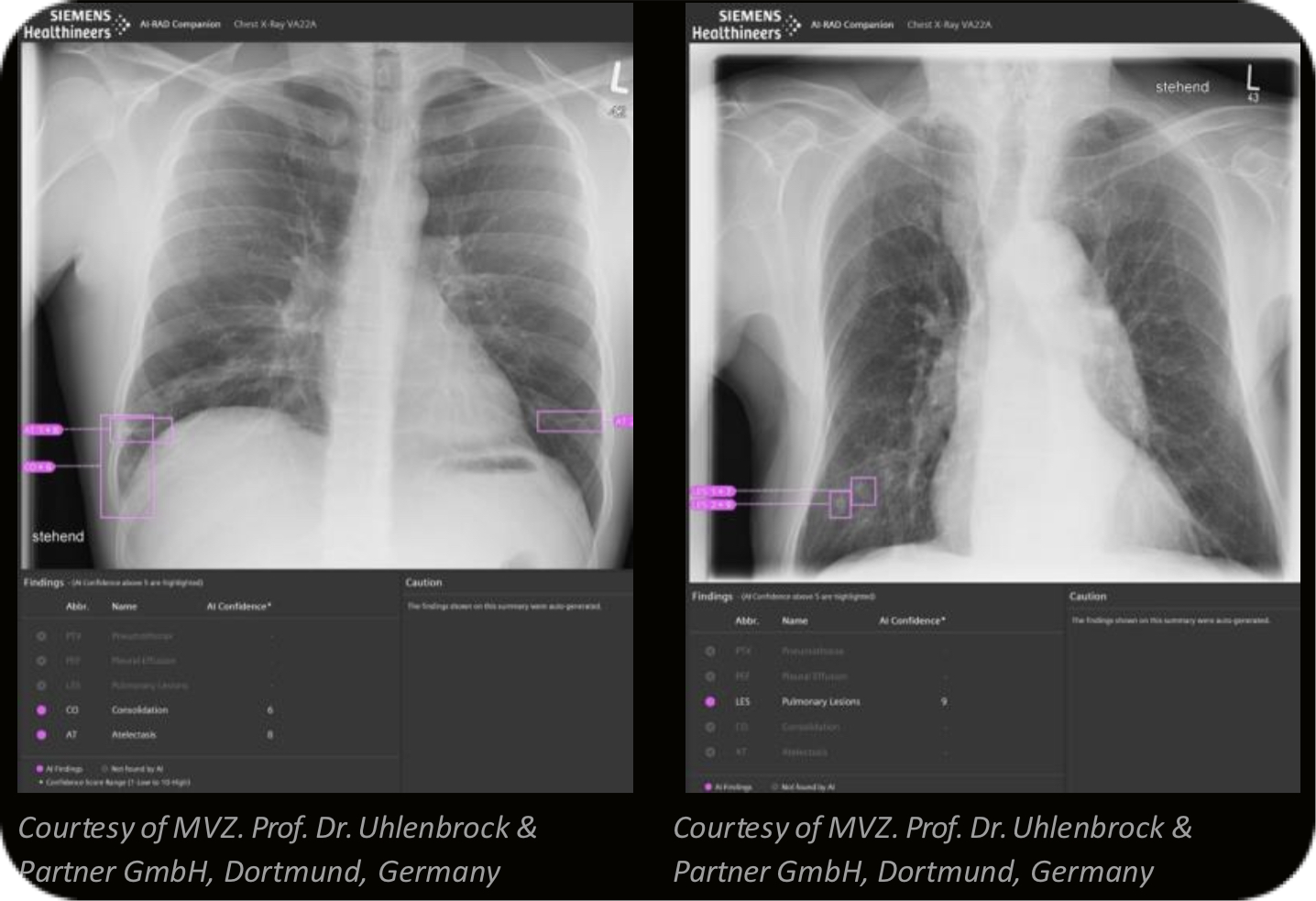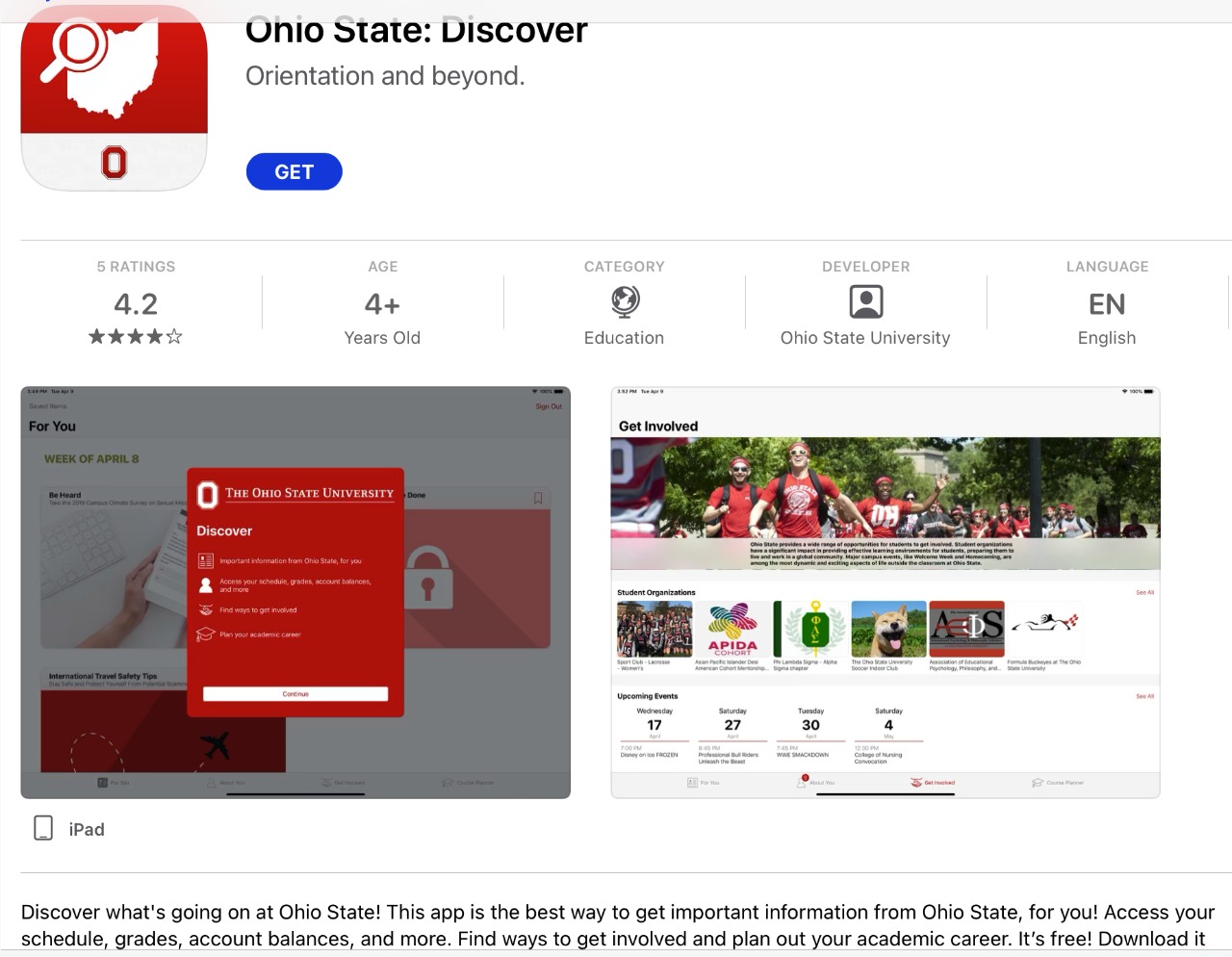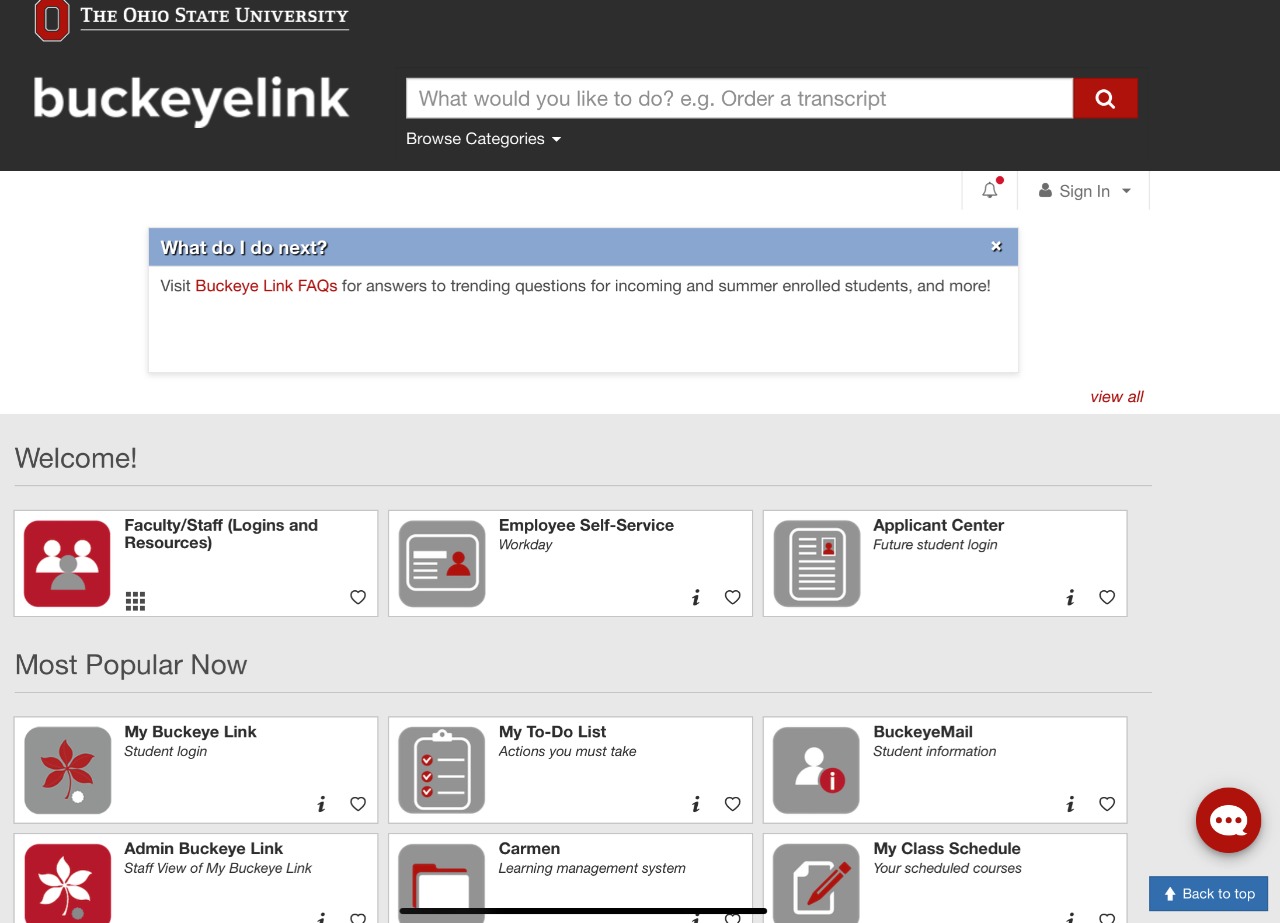KPIs for Radiology
A question we often get is “What Key Performance Indicators (KPIs) are essential to help monitor the performance and success of a radiology business?” The reality is that only the specific department or center knows what is best for them, but there are certainly some key KPIs that can be thought of as industry best practices for a radiology business:
1. Patient Volume: Track the number of patients served over a specific period. This KPI provides insights into the demand for your services and helps identify trends or seasonal variations.
2. Referral Patterns: Monitor the sources and volume of referrals from physicians, hospitals, and other healthcare providers. Understanding referral patterns helps identify key referral sources and allows you to strengthen relationships with them.
3. Turnaround Time: Measure the time it takes to deliver diagnostic reports or images to referring physicians. Efficient turnaround times are crucial for patient satisfaction and maintaining strong relationships with referring providers.
4. Report Accuracy: Assess the accuracy of diagnostic reports through quality assurance programs and peer review processes. This KPI ensures that the interpretations provided are reliable and meets industry standards.
5. Revenue and Profitability: Monitor financial performance, including revenue generated and profitability. Track revenue per modality or service to identify areas of high profitability and potential growth opportunities.
6. Equipment Utilization: Measure the utilization of imaging equipment to ensure optimal use and identify any underutilized resources. This KPI helps with equipment maintenance and replacement planning.
7. Patient Satisfaction: Gather patient feedback through surveys or online reviews to assess patient satisfaction levels. This KPI helps identify areas for improvement in patient experience and enables you to make necessary adjustments.
8. Referring Physician Satisfaction: Gauge the satisfaction levels of referring physicians through surveys or direct communication. Building strong relationships with referring physicians is essential for business growth and success.
9. Staff Productivity: Assess the productivity of radiologists and other staff members by tracking the number of cases read or procedures performed per day or hour. This KPI helps optimize staffing levels and workload distribution.
10. Market Share: Evaluate your business’s market share by comparing it to competitors in your region. This KPI provides insights into your market position and growth potential.
Without a doubt, the selection of specific KPIs will vary based on the specific goals and objectives of your radiology business. However, we know for sure that what isn’t measured can’t be improved so, regularly monitoring your specific KPIs and using the insights gained to drive improvements can help optimize your operations and achieve business growth.



































